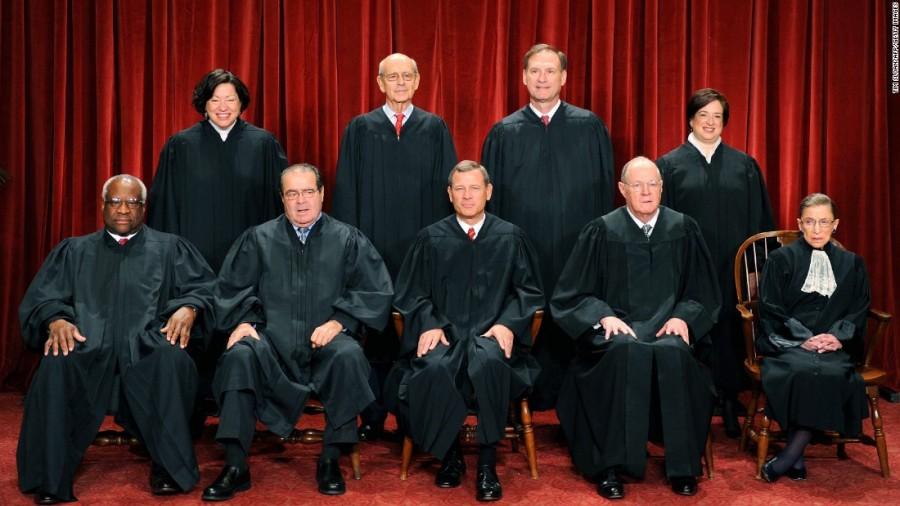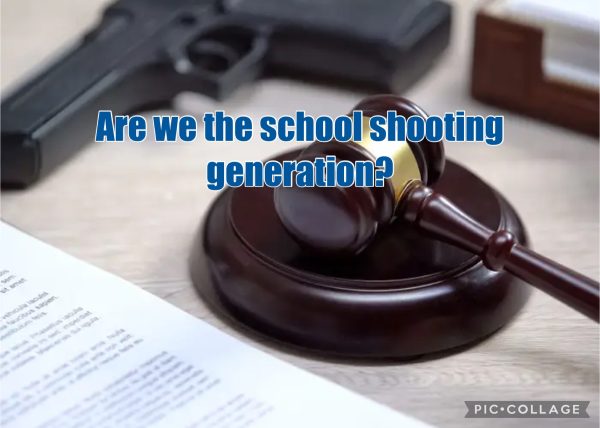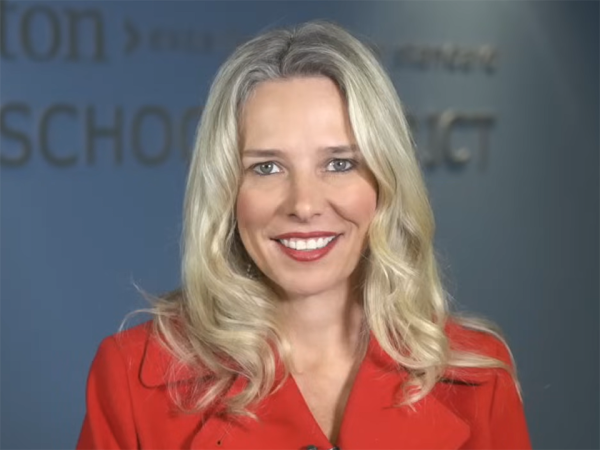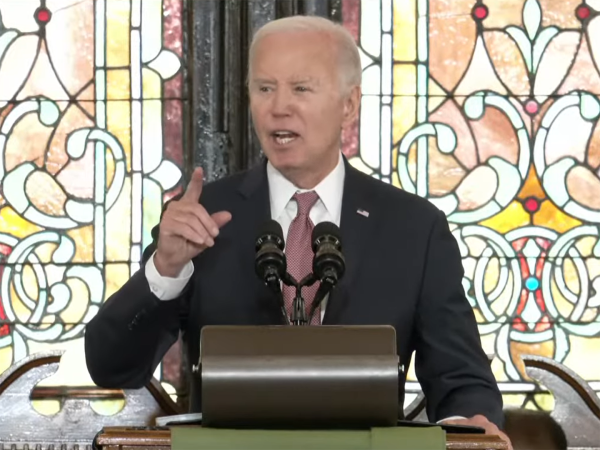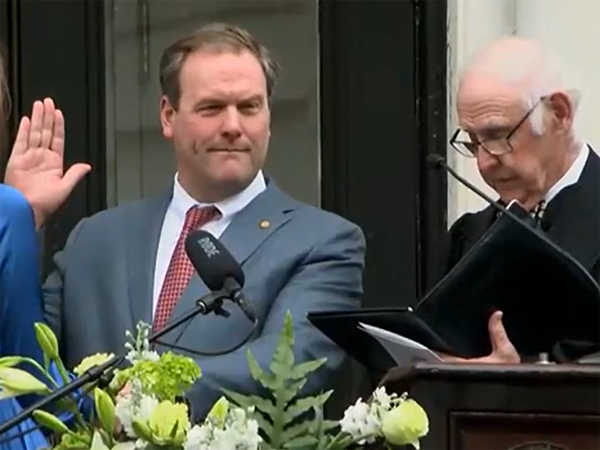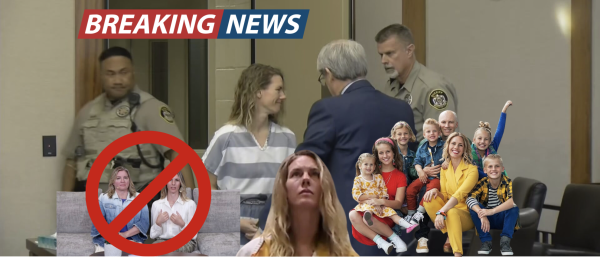U.S. Supreme Court: The End of Affirmative Action?
Last Wednesday, December 9th, United States Supreme revisited a 2013 case at The University of Texas regarding affirmative action. The plaintiff, Abigail Fisher, claimed that she was denied admission into the school because of her race. She is Caucasian. The University of Texas, however, says its use of race has helped ensure ethnic diversity and inclusion.
In order to understand this case, it is important to first understand affirmative action. In 1965 President Lyndon Johnson summed the purpose of Affirmative Action when he stated:
“You do not take a person who, for years, has been hobbled by chains and liberate him, bring him up to the starting line of a race and then say you are free to compete with all the others, and still just believe that you have been completely fair.”
In a nutshell, affirmative action is an action or policy favoring those who tend to suffer from discrimination, especially in relation to employment or education; positive discrimination.
The University of Texas uses a “10 percent plan,” in which any student who graduates in the top 10 percent of a public high school in Texas is granted admission to the University of Texas. Since many of the state’s high schools are largely segregated, the policy increased the number of students of color at the university.
Additionally, this plan is comparable to The College of Charleston’s plan that will be implemented during the Fall of 2016. Under this new plan, CofC will admit the top 10% of graduating high school seniors from each school in Berkeley, Charleston, Clarendon, Colleton, Dorchester, Orangeburg and Williamsburg counties.
The Supreme Court had a lively conversation on Wednesday. Justice Samuel Alito pointed out that the current plan accounts for 75 percent of the student body and that it does not directly consider race but increases racial diversity largely because many high schools in the state are segregated. For the remaining students, the plan considers race as one factor among many, the approach used by many selective colleges and universities nationwide. Interestingly, the plaintiff did not graduate in not the top 10 percent of her class. She sought admission under the second part of the plan.
Controversially, Chief Justice John G. Roberts Jr. questioned the value of diversity in at least some academic settings asking, “What unique perspective does a minority student bring to a physics class?” Even more controversially, Justice Scalia stated that “Most of the black scientists in this country don’t come from schools like the University of Texas.”. He said that “they come from lesser schools where they do not feel that they’re being pushed ahead in classes that are too fast for them.”
Factually, however, as pointed out by Gail Heriot of the University of San Diego School of Law:
“Research indicates that students who attend schools where their entering academic credentials put them towards the bottom of the class are less likely to succeed than similarly-credentialed students.”
It is a rarity to win a relay race or even be competitive with those around you when they have had an hour head start. Affirmative Action levels the playing field for those who have been discriminated against for many years in an effort to and closes the opportunity gap and close the gap between those with a “head start” and those without one.



